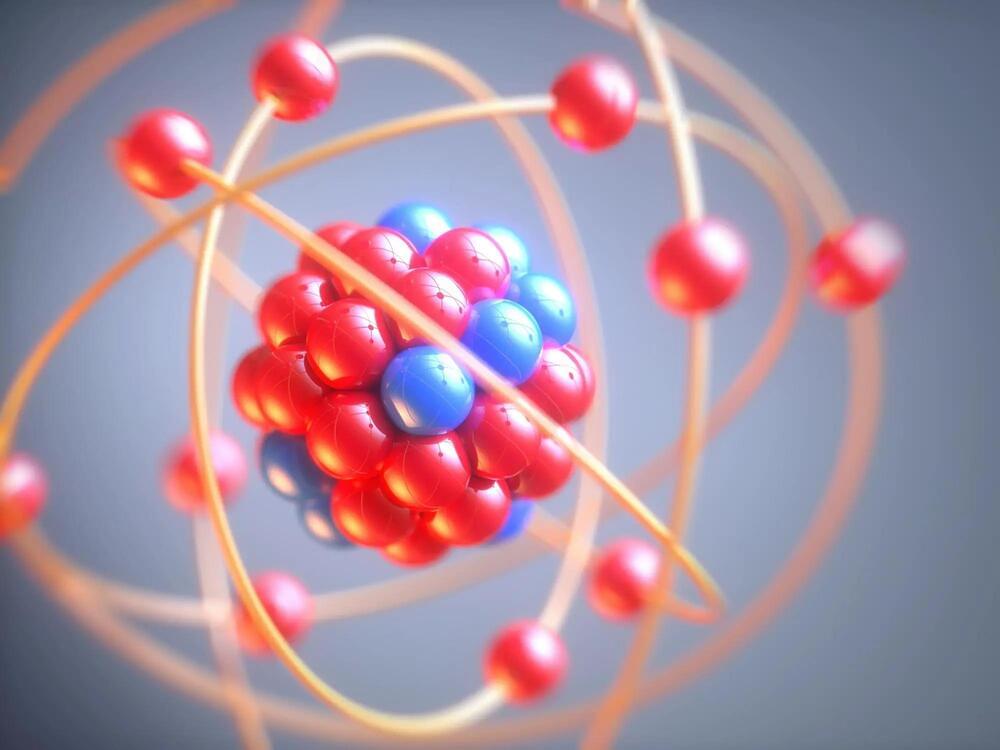Jun 7, 2023
Magnetic trap keeps a superconducting microsphere levitated and stable
Posted by Shailesh Prasad in category: particle physics
It might not look like much, but this tiny levitating particle could be the key to a new generation.
It might not look like much, but this tiny levitating particle could be the key to a new generation.
Airbus’ vision for more sustainable aircraft cabins includes lighter, recyclable materials, new catering concepts, and a focus on transparency.
Israel’s Brenmiller Energy has announced the opening of a “gigafactory” to manufacture the company’s thermal energy storage systems, which store power as heat and then provide users with energy on demand via steam. The company believes it to be the first factory in the world of its kind.
Thermal energy storage, true to its name, stores energy as heat — a crucial function as society transitions to renewable sources like solar and wind, sources that are now economically viable to gather but, alas, are as variable as the weather and seasons.
Brenmiller is angling for the new facility to be their primary production hub and plans to hit full capacity by the end of 2023.
On Tuesday, venture capitalist Marc Andreessen published a nearly 7,000-word post on his views about artificial intelligence and the risks it poses.
The puzzling behavior of black hole interiors has led researchers to propose a new physical law: the second law of quantum complexity.
A groundbreaking revelation has the scientific community buzzing: a possible encounter with a parallel universe. Researchers suggest that signs from the universe’s furthest reaches may indicate another vastly different universe has touched ours, potentially disrupting our universe’s fabric. This interpretation could validate the multiverse theory.
Researcher Dr. Ranga-Ram Chary examined the cosmic microwave background’s noise and residual signals — the remnants of the Big Bang. He discovered several sporadic bright spots, which he speculates could be the echo of our universe colliding with another billions of years ago.
This interpretation is tentative, but aligns with some cosmological theories suggesting that interactions between alternative universes could occur. These theories propose our universe is merely one bubble among countless others. Once a universe initiates in a Big Bang-like event, it perpetually expands. This rule applies to all universes, implying periodic intersections could occur.
Continue reading “Scientists believe they recently discovered a Parallel Universe” »
A novel 3D printing method called high-throughput combinatorial printing (HTCP) has been created that significantly accelerates the discovery and production of new materials.
The process involves mixing multiple aerosolized nanomaterial inks during printing, which allows for fine control over the printed materials’ architecture and local compositions. This method produces materials with gradient compositions and properties and can be applied to a wide range of substances including metals, semiconductors.
Semiconductors are a type of material that has electrical conductivity between that of a conductor (such as copper) and an insulator (such as rubber). Semiconductors are used in a wide range of electronic devices, including transistors, diodes, solar cells, and integrated circuits. The electrical conductivity of a semiconductor can be controlled by adding impurities to the material through a process called doping. Silicon is the most widely used material for semiconductor devices, but other materials such as gallium arsenide and indium phosphide are also used in certain applications.

Nuclear physicists at RIKEN have successfully created an extremely neutron-rich isotope of sodium, 39 Na, previously predicted by many atomic nuclei models to be non-existent. This discovery has significant implications for our understanding of atomic nuclei structure and the astrophysical processes that form heavier elements on Earth.
Nuclear physicists have made the most neutron-rich form of sodium yet, which will help reveal more about the complex world of nuclei.
Continue reading “Sodium on Steroids: A Nuclear Physics Breakthrough Thought To Be Impossible” »
Would you rather run into a brick wall or into a mattress? For most people, the choice is not difficult. A brick wall is stiff and does not absorb shocks or vibrations well; a mattress is soft and is a good shock absorber. Sometimes, in designing materials, both of these properties are needed. Materials should be good at absorbing vibrations, but should be stiff enough to not collapse under pressure. A team of researchers from the UvA Institute of Physics has now found a way to design materials that manage to do both these things.
Publishing.
Digital society is driving increasing demand for computation, and energy use. For the last five decades, we relied on improvements in hardware to keep pace. But as microchips approach their physical limits, it’s critical to improve the code that runs on them to make computing more powerful and sustainable. This is especially important for the algorithms that make up the code running trillions of times a day.
In our paper published today in Nature, we introduce AlphaDev, an artificial intelligence (AI) system that uses reinforcement learning to discover enhanced computer science algorithms – surpassing those honed by scientists and engineers over decades.
Nature Publication.
